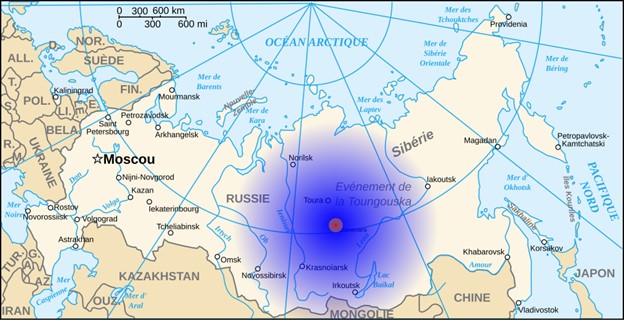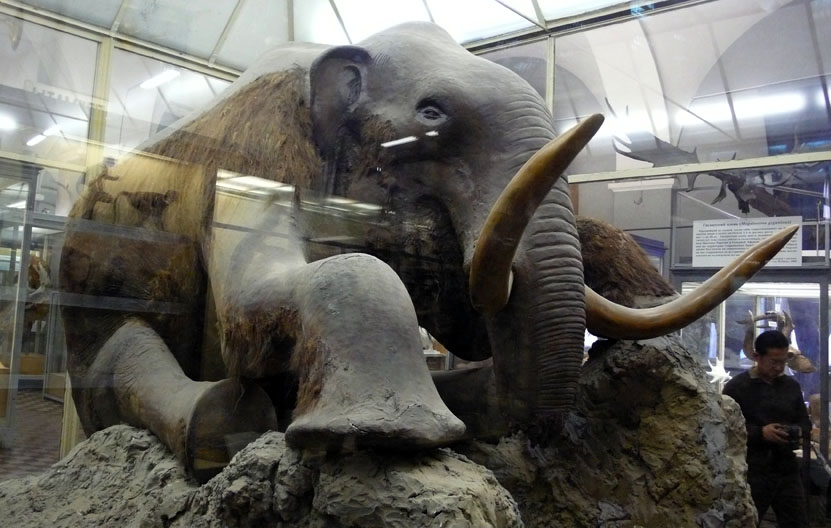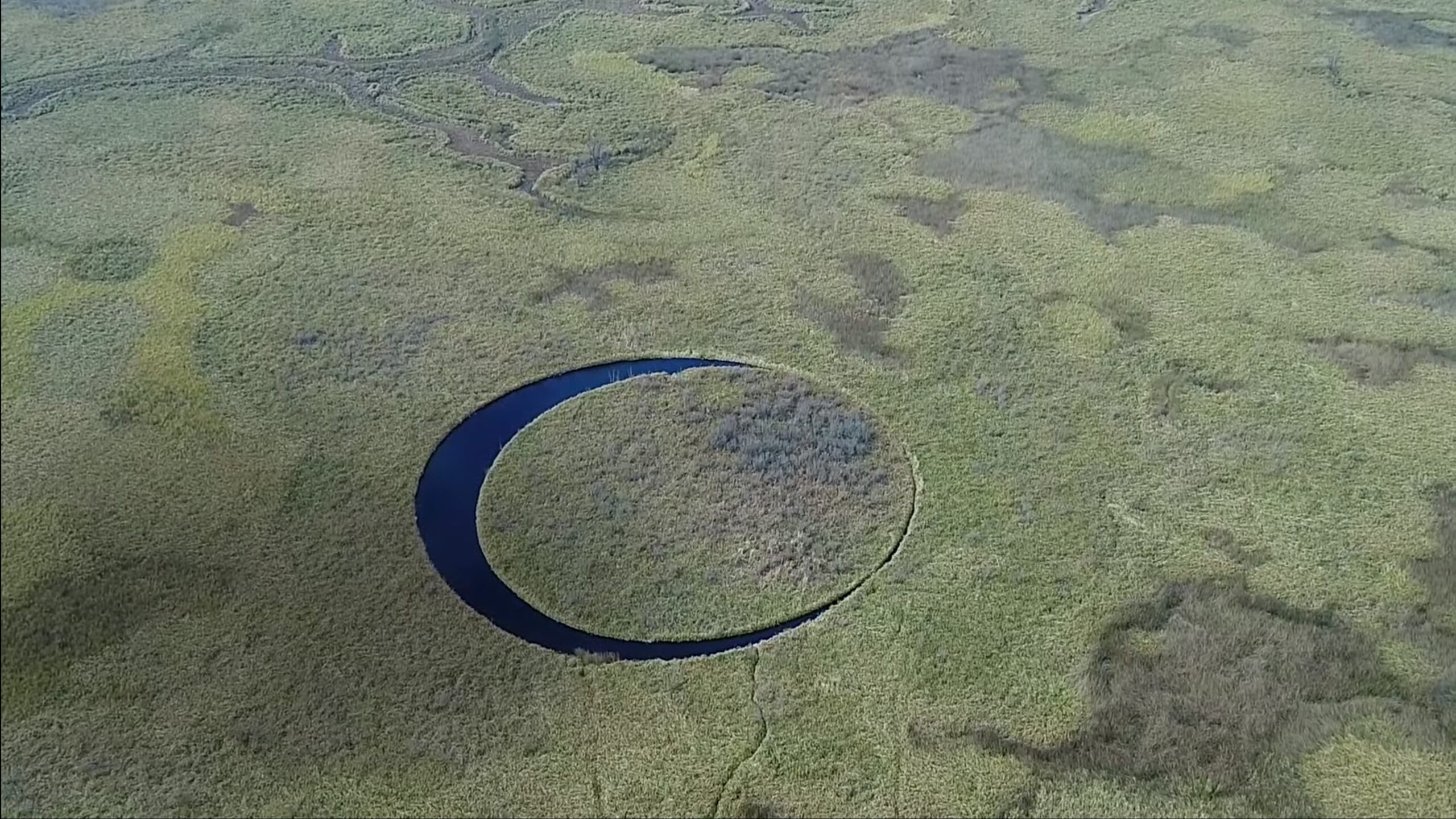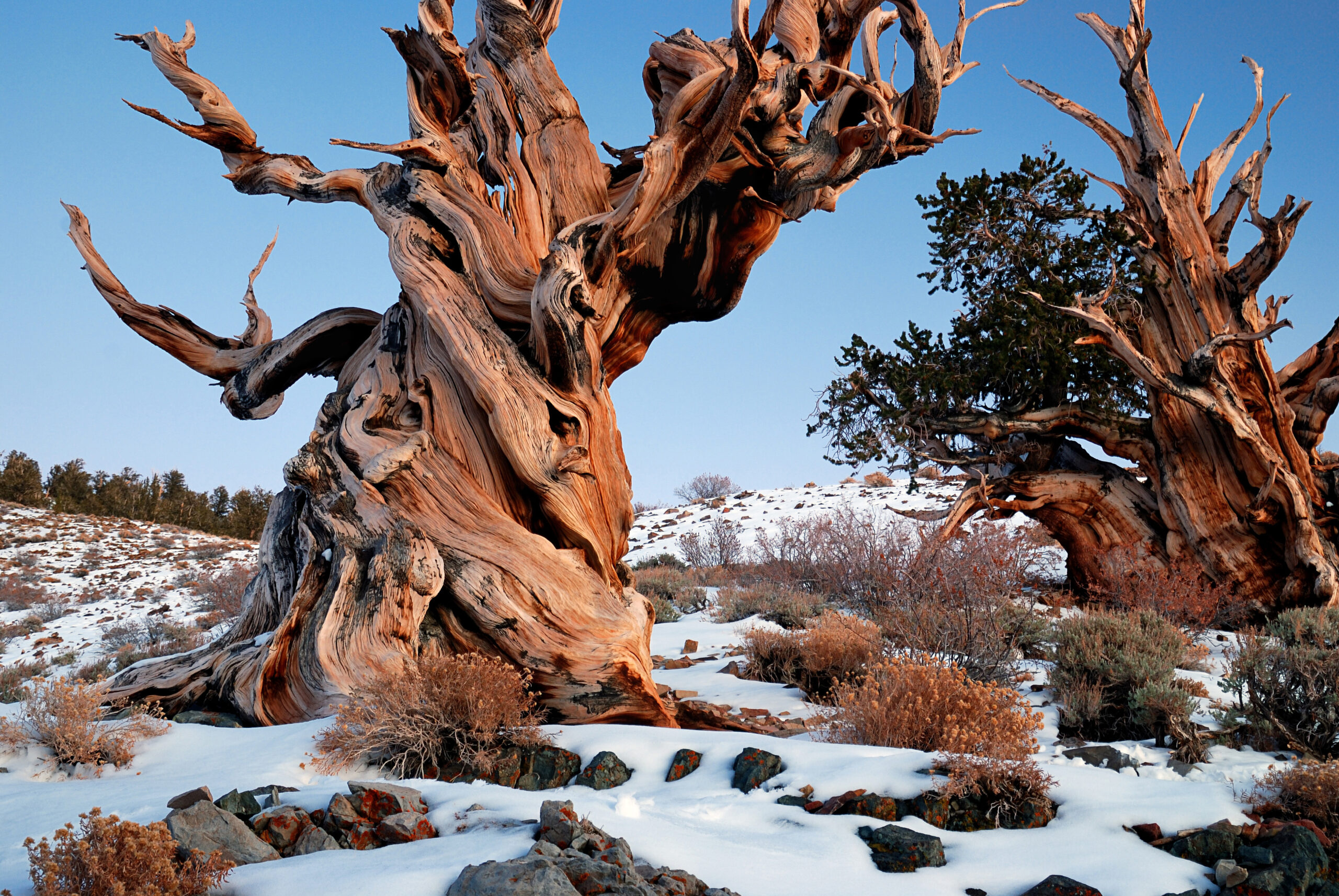
Few living things bridge the past as enduringly as Methuselah, a bristlecone pine hailed as the world’s oldest non-clonal tree. Rooted in California’s White Mountains, this gnarled survivor dates to 2832 BC—4,856 years old as of 2024—standing tall when Egypt’s pyramids were new. Discovered in 1957 by Edmund Schulman, its age stems from core samples counting annual rings, a testament to resilience in a harsh alpine realm. Methuselah offers a direct tie to humanity’s dawn, yet its exact spot stays guarded to shield it from harm.
Methuselah’s Roots in a Rugged Range
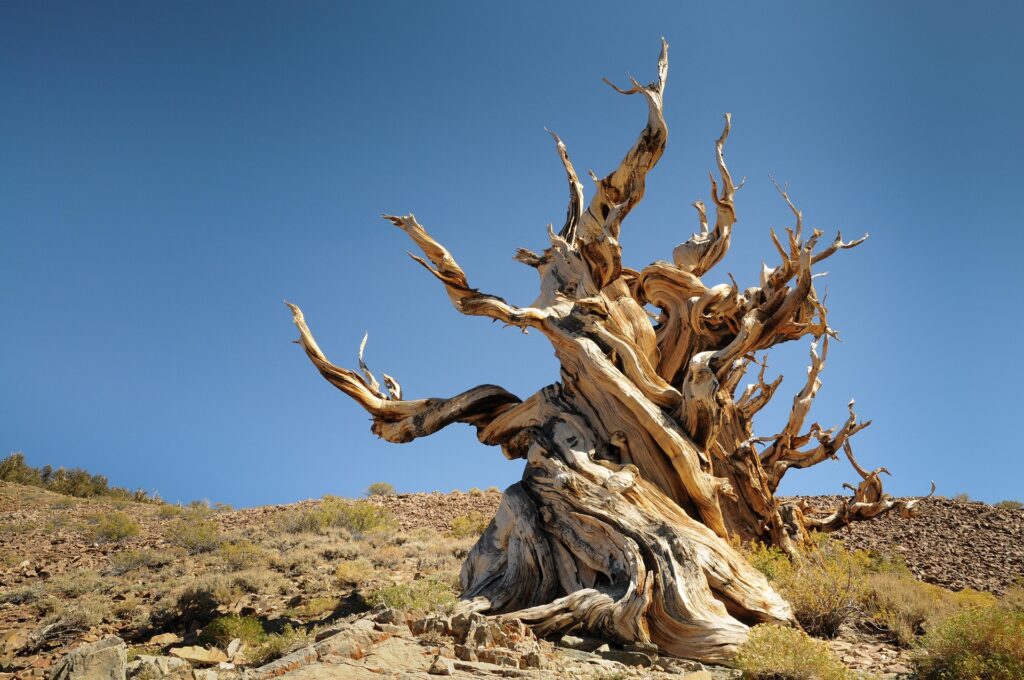
Methuselah took hold in the White Mountains’ dolomite slopes, a stark landscape east of California’s Sierra Nevada. In 1953, Schulman began coring bristlecones there, seeking climate clues in their rings since dry years shrink them and wet ones widen. By 1957, he found Methuselah near Wheeler Peak; its core revealed 4,789 rings then, now 4,856 with time. Radiocarbon dating of nearby charcoal places its germination in 2832 BC, predating Rome and Greece.
Its site sits at 10,000 feet—rocky, windswept, sparse—where few plants thrive. The US Forest Service hides its precise location among Inyo National Forest’s groves, swapping its grove’s marker after vandals cut a nearby ancient pine in 1964. That secrecy protects Methuselah, a living record too rare to risk.
A Species Built to Last
Methuselah belongs to Pinus longaeva, the Great Basin bristlecone pine, a species honed for survival over millennia. These trees grow in alkaline dolomite soil, poor in nutrients but low in competition as rivals falter where bristlecones endure. Their needles live 40 years, shedding little, while dense wood resists rot and pests. Some roots feed dead trunks for centuries, a trick to outlast drought.
This resilience defines Methuselah; its twisted trunk, stripped bark, and patchy green mark 4,856 years of wind and frost. Growth slows to a hair’s width yearly, stretching life across ages. That tenacity let it stand when Sumer rose, a quiet witness to time few match.
Methuselah’s Rings Tell a Tale
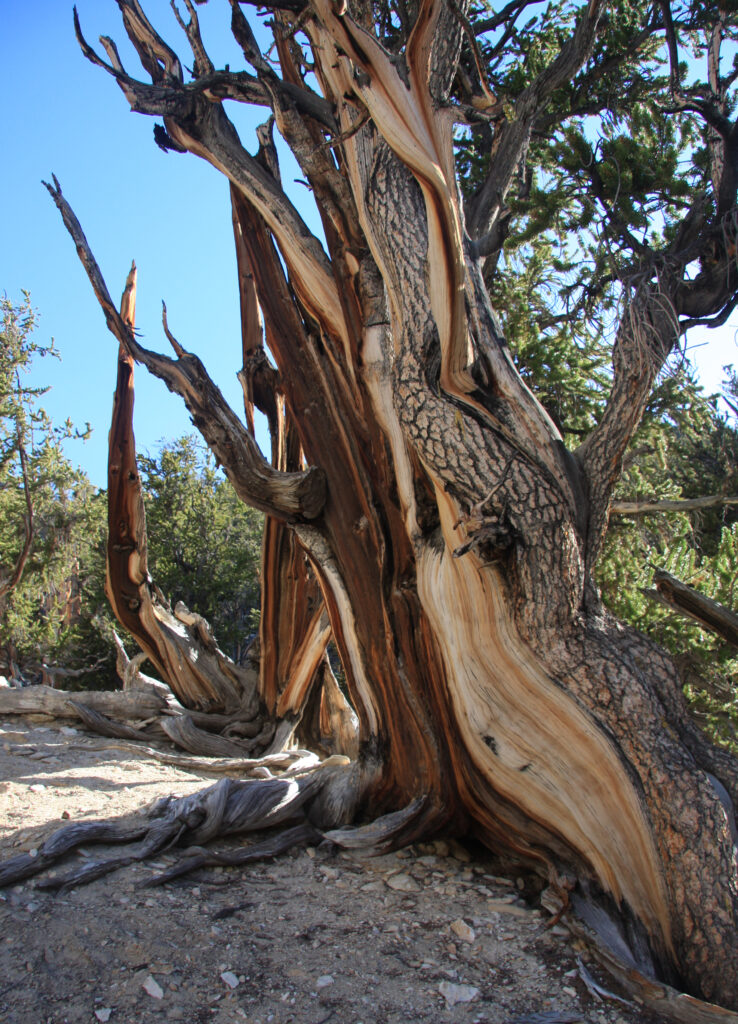
Methuselah’s age comes from dendrochronology, counting rings in its core to mark each year’s growth. Schulman’s 1957 sample crossed 4,789 rings, checked against nearby trees for gaps since weather dents rings but patterns align. By 2024, it hits 4,856, tying to 2832 BC when Gilgamesh’s epic took shape and Stonehenge began. That span dwarfs clonal groves like Sweden’s 9,500-year-old spruces, which regrow from roots.
Its rings log more than years; dry spells from 2000 BC match Egypt’s Old Kingdom woes, while wet years track Rome’s rise. Yet Schulman kept its life whole, coring without cutting, so Methuselah stands alive, not a stump—a living archive of Earth’s past.
A Life in Harsh Heights
What keeps Methuselah alive puzzles botanists because its home tests limits. At 10,000 feet, oxygen thins, winds howl, and snow buries limbs half the year. Summer brings scant rain—less than 12 inches—yet dolomite holds water others miss. That mix slows growth but stalls decay, letting it outpace oaks or redwoods.
Its form aids this as gnarled limbs shed deadwood and roots tap deep cracks. Needles hoard energy, and resin seals wounds from bugs or storms. Thus, Methuselah thrives where others fade, a survivor shaped by a brutal alpine forge over 48 centuries.
A Mark Across Ages
Methuselah spans human history’s arc, rooting before writing spread since Sumer’s cuneiform came ~3000 BC and Egypt’s hieroglyphs followed. By 1200 BC, it saw Moses’ exodus tales form; by 476 AD, Rome fell. The bristlecone stood as Vikings sailed, Columbus landed, and wars flared—its rings a silent clock through time.
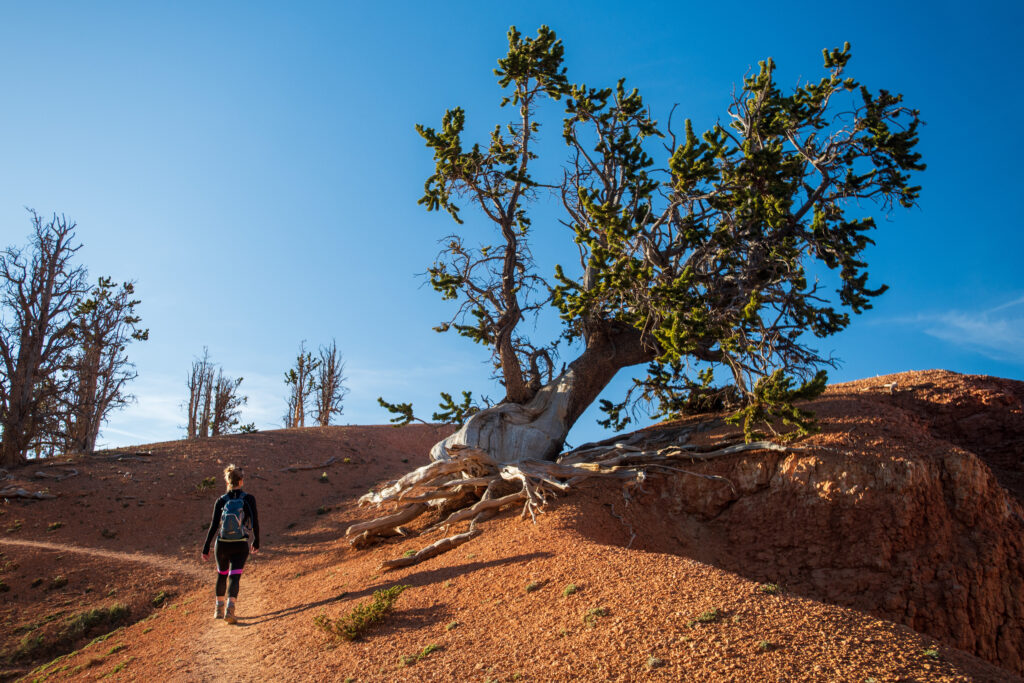
Beyond science, it draws seekers like dendrochronologists and historians, yet its grove’s secret keeps it safe. Photos show twisted pines, but none tag Methuselah because its fame lies in age, not display. That quiet endurance echoes across cultures, a span no human life can touch.
Care Beyond Time
The US Forest Service guards Methuselah, a shift from 1957’s open science when Schulman’s find drew crowds risking harm. In 1964, a nearby pine, “Prometheus,” fell to a researcher’s cut, sparking outcry. Now, rangers patrol its grove, maps skip its spot, and signs mislead—a shield for a tree too old to lose.
That care reflects its worth because bristlecones outlast clonal giants by individual grit, not root tricks. Methuselah’s core, stored safe, tracks climate when pharaohs built pyramids. Yet its life trumps data—a relic breathing from 2832 BC to now.
Methuselah’s Roots Too Deep to Grasp
What keeps Methuselah’s story open lies in its silence since no words explain its first seed or maker’s hand. Did wind or beast plant it? Its rings hint at drought and flood, yet how did it stand so long? No rival claims its crown; clonal trees stretch older, but none match its solo span.
Now rooted in California’s heights, Methuselah endures as a living link after 4,856 years. This bristlecone relic stands firm—too vast to fully know—tying us to a past beyond reach.


